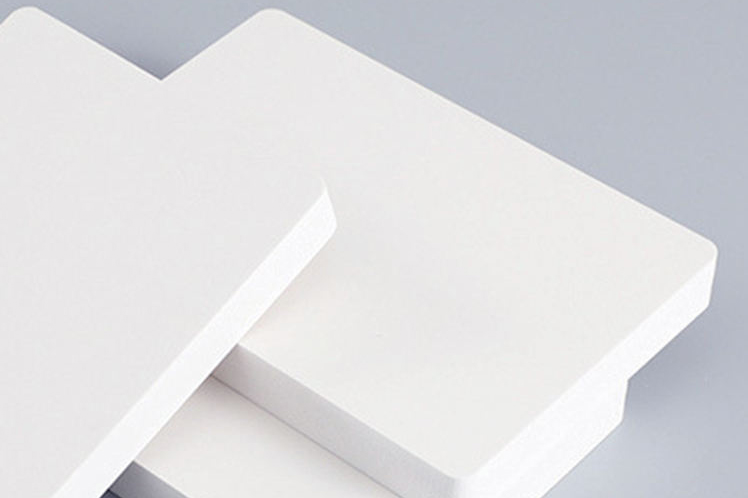PVC foam board, a lightweight, rigid, and versatile material, has become a mainstay in various industries, from construction and advertising to signage and furniture making. Its popularity stems from its durability, ease of fabrication, and cost-effectiveness. However, as with any material, the future of PVC foam board hinges on innovation and adaptation to emerging trends and technologies. This article explores the exciting developments shaping the future of PVC foam board and its continued relevance in a rapidly evolving world.

One key trend influencing the future of PVC foam board is the increasing demand for sustainable and eco-friendly materials. Traditional PVC production relies heavily on fossil fuels and can generate harmful byproducts. Consequently, manufacturers are investing in research and development to create more sustainable PVC foam board options. This includes exploring bio-based PVC, utilizing recycled PVC content, and developing more efficient manufacturing processes that minimize waste and energy consumption. The emergence of PVC foam board incorporating recycled content is particularly promising, offering a closed-loop solution that reduces landfill waste and conserves resources. Consumers are becoming increasingly aware of the environmental impact of their choices, driving the demand for eco-conscious options like recycled PVC foam board.
Another significant development impacting the future of PVC foam board is the advancement in additive manufacturing, commonly known as 3D printing. While traditionally used for prototyping, 3D printing is increasingly being adopted for direct manufacturing. This technology allows for intricate designs and complex geometries to be incorporated into PVC foam board, opening up new possibilities for customized products and applications. Imagine bespoke architectural details, personalized signage, or intricate furniture components all crafted from PVC foam board using 3D printing. This trend promises to revolutionize the way PVC foam board is designed, manufactured, and utilized across various sectors.
Furthermore, advancements in surface treatment technologies are enhancing the performance and aesthetic appeal of PVC foam board. Innovative coatings and laminates are being developed to improve the material's resistance to UV degradation, moisture, scratches, and fire. These advancements extend the lifespan of PVC foam board, making it suitable for even more demanding applications, particularly in outdoor environments. Moreover, new digital printing techniques allow for high-resolution graphics and vibrant colors to be directly printed onto PVC foam board, eliminating the need for separate vinyl overlays and streamlining the production process for signage and display applications. This direct printing capability opens doors for more creative and impactful uses of PVC foam board in advertising and visual communication.
The integration of smart technologies is another exciting trend shaping the future of PVC foam board. Imagine PVC foam board embedded with sensors that can monitor temperature, humidity, or even structural integrity. This integration could have profound implications for building management systems, environmental monitoring, and even interactive displays. For example, PVC foam board used in construction could be equipped with sensors to detect leaks or changes in structural stability, providing early warnings and preventing potential disasters. In the realm of advertising, interactive PVC foam board displays could engage customers in new and innovative ways, providing personalized information and immersive experiences.
However, the future of PVC foam board also faces certain challenges. The fluctuating price of raw materials, particularly petroleum-based products, can impact the cost of PVC foam board production. Furthermore, competition from alternative materials, such as composite boards and aluminum panels, continues to exert pressure on the PVC foam board market. To maintain its competitive edge, the PVC foam board industry must continue to innovate and adapt to evolving market demands. This includes focusing on sustainability, embracing new technologies like 3D printing and advanced surface treatments, and exploring new applications for PVC foam board in emerging sectors.
In conclusion, the future of PVC foam board is marked by both exciting opportunities and potential challenges. The increasing focus on sustainability, advancements in additive manufacturing, innovative surface treatments, and the integration of smart technologies are all poised to transform the way PVC foam board is produced and utilized. By embracing these trends and addressing the challenges head-on, the PVC foam board industry can ensure its continued growth and relevance in a rapidly evolving world. The future of PVC foam board hinges on continuous innovation and a commitment to meeting the evolving needs of a diverse range of industries and applications. As we move forward, we can expect to see even more creative and impactful uses of this versatile material, from sustainable building practices to interactive displays and beyond. The future of PVC foam board is bright, driven by innovation and a commitment to sustainability and performance.
